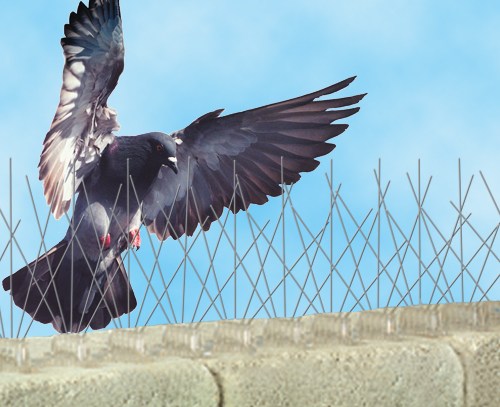BIRD CONTROL PRODUCTS
Repellents: Sticky, non-dangerous anti-agents can be set on territories, for example, edges to dishearten and decrease flying creature landing and perching. These items additionally require upkeep, as they will gather residue and soil and should be reapplied frequently.
Netting: Connecting nylon or plastic netting to the base of rafters will shut off this territory to feathered creatures, who are pulled in to such zones for settling and perching.
Spike: Setting spiky wires along zones in which the feathered creatures land and perch will keep these territories beyond reach. In any case, some support is required as gathered twigs and grass will diminish or evacuate their viability.
Trap: Live devices, for example, channel traps, programmed or trigger enacted, settle boxes, distractions and fogs, would all be able to be utilized to keep from imperiling non-target Birds – which can be discharged without hurt. Vermin Birds got with these snares ought to be compassionately killed as opposed to discharged, as the flying creatures can discover their way once more from even 50 miles away or cause issues in different networks.

